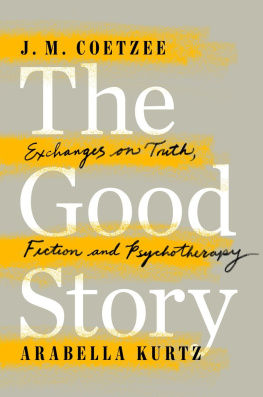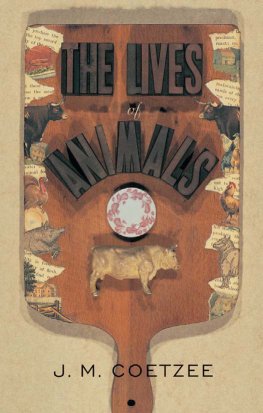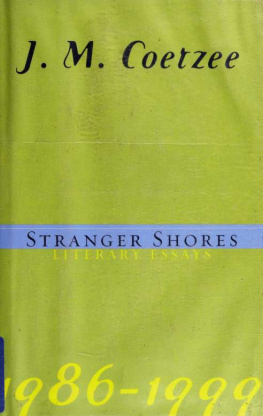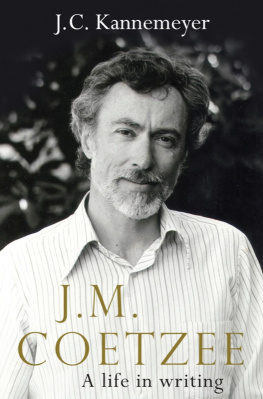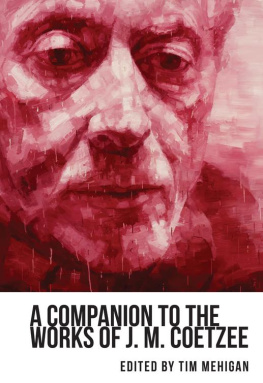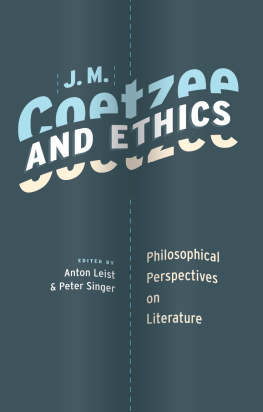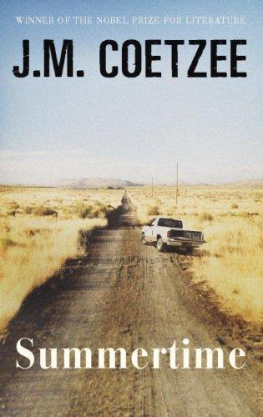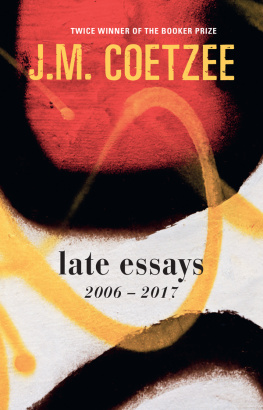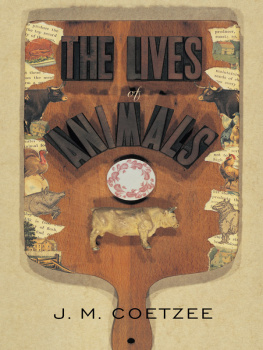AUTHORS NOTE
The exchanges that follow are about the practice of psychoanalytic psychotherapy and what that practice means in a wider social and philosophical sphere. They touch on psychic processes, in individuals and in groups, both inside and outside of the clinical setting. Given that in our secular age and in the Western world psychotherapy and the ideal of personal growth have become part of the Zeitgeist, we hope that they will also be felt to be relevant to readers beyond the borders of the therapeutic profession.
The exchanges are premised on the idea that something is to be gained by a therapist exploring their practice in the company of an outsider to the discipline of psychology, in this case a sympathetically disposed writer and literary critic. On the face of it the psychotherapist and the novelist have much in common, at least in terms of the focus of their interest. Human nature and human experience concern them both deeply, as do possibilities of growth and development.
Language is the working medium of both writers and psychotherapists. Both are occupied with the exploration, description and analysis of human experience, with finding or inventing linguistic and narrative structures within which to contain experience, and with the outer limits of experience.
The intellectual engagement reflected in these exchanges commenced in 2008, and reflects (on the one side) the interest of a therapist struck by a body of novelistic work in which internal processes are conveyed from a point of view that is radically different from a psychotherapeutic one (for instance, the terse, energetic account of Michael Ks mental resistance to oppression in Life & Times of Michael K); and (on the other side) the interest of a writer in deepening his understanding of a post-religious form of therapeutic dialogue.
This book is the second product of this engagement. The first appeared under the title Nevertheless, my sympathies are with the Karamazovs in the journal Salmagundi, nos. 166167 (2010), pp. 3972.
These exchanges are offered in an interdisciplinary spirit, as well as in a spirit of exploration. They do not always follow a linear train of thought. They sometimes repeat and contradict themselves, they return to insistent preoccupations, they pursue lines of thinking without always knowing where they will lead all of this in the hope that they may here and there open a new or unusual perspective on the practice of psychoanalytic psychotherapy and on the psychotherapeutic project in its wider social forms.
The authors wish to acknowledge the following for their helpful comments on drafts of the exchanges and/or for valuable discussion of relevant ideas: Nick Everett, Jillian Vites, Orna Hadary, Margot Waddell and Daisy Evans.
AK & JMC
N OTE ON THE U SE OF C LINICAL E XAMPLES
Details in the clinical examples used in the exchanges have been changed to protect the anonymity of patients. The option of disguising material rather than obtaining consent from patients has been chosen because of the risk of intrusion into the therapeutic process.
G LOS SARY AND R EFERENCES
Terms in bold are defined in the Glossary. Asterisks direct the reader to the References.
ONE
Being author of ones life-story (inventing ones past) versus being merely its narrator. Producing a well-shaped story versus telling the true story.
The analyst as the storys ideally attentive listener. Hearing and analysing resistances in the narrative. The therapeutic goal: freeing the patients voice, the patients narrative imagination.

JMC What are the qualities of a good (a plausible, even a compelling) story? When I tell other people the story of my life and more importantly when I tell myself the story of my life should I try to make it into a well-formed artefact, passing swiftly over the times when nothing happened, heightening the drama of the times when lots was happening, giving the narrative a shape, creating anticipation and suspense; or on the contrary should I be neutral, objective, striving to tell a kind of truth that would meet the criteria of the courtroom: the truth, the whole truth, and nothing but the truth?
What relationship do I have with my life history? Am I its conscious author, or should I think of myself as simply a voice uttering with as little interference as possible a stream of words welling up from my interior? Above all, given the wealth of material I hold in memory, the material of a lifetime, what should or must I leave out, bearing in mind Freuds warning that what I omit without thinking (i.e. without conscious thought) may be the key to the deepest truth about me? Yet how is it logically possible for me to know what I am unthinkingly leaving out?

AK I suppose it is the task of psychoanalysis to try to tell the deepest truth; or more modestly and more accurately, to analyse resistances to its telling so that an individuals story can emerge in as full and coherent and engaged a way as possible at any one point because the process is continuous, the story ever-changing. The true story one might tell as a child will be different from the story one might tell about the same experiences as an adolescent, or an adult, and so on.
Freud proposed the method of free association as the best way of getting access to unconscious experience in the consulting room, but in my experience it really doesnt work in the way people expect. The patient is invited to speak as freely as they are able, without reference to normal social rules and niceties, but what he or she usually discovers is the extent to which free expression is constrained even in the privacy of their own minds. What this does is allow us to see the way that

